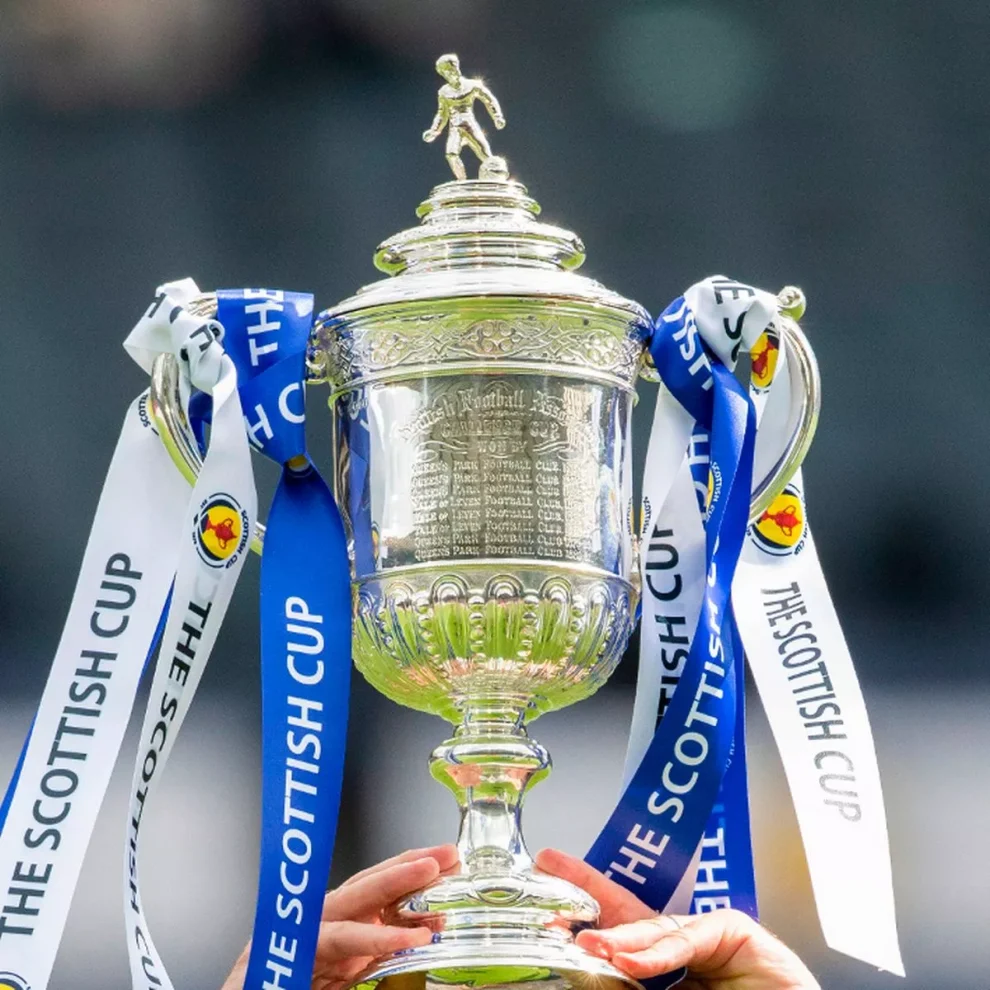The Scottish Cup, also known as the William Hill Scottish Cup due to sponsorship reasons, is the oldest and most prestigious domestic football cup competition in Scotland. It holds a storied history dating back to 1873 when the inaugural edition was contested, making it one of the oldest football competitions in the world. The
Scottish Cup’s rich heritage, captivating format, and significance in Scottish football have solidified its status as an esteemed and revered tournament. In this article, we will explore the history, unique format, significance, and memorable moments of the Scottish Cup.
A Storied History:

The Scottish Cup was first introduced by the Scottish Football Association (SFA) in 1873, with Queen’s Park FC emerging as the first winners. Since then, the competition has captured the imagination of football fans across Scotland and beyond, with teams from all levels of Scottish football competing for the coveted trophy.
Throughout its long history, the Scottish Cup has witnessed memorable moments, heroic underdog stories, and heated rivalries that have etched themselves into the annals of Scottish football. From the Old Firm Derby between Celtic and Rangers to the Edinburgh Derby between Hearts and Hibernian, the cup has been a stage for intense battles and passionate clashes between historic rivals.
Unique Format:
The Scottish Cup follows a knockout format, starting with preliminary rounds featuring non-league teams and lower-division sides. As the tournament progresses, top-tier clubs from the Scottish Premiership enter the competition, adding an extra layer of excitement and competitiveness.
Matches are generally played as single-leg ties, with the winner progressing to the next round. Replays are held if the match ends in a draw, which has led to thrilling moments and fairy-tale stories of smaller clubs holding their own against more prominent opponents.

Significance and Prize:
The Scottish Cup holds immense significance in Scottish football, representing a chance for teams to claim silverware and etch their names in history. Winning the cup is a matter of immense pride for any club, as it showcases their ability to overcome challenges and compete at the highest level.
In addition to the glory of lifting the trophy, the winner of the Scottish Cup secures a place in the UEFA Europa League, providing an opportunity to compete against some of Europe’s best teams and represent Scottish football on the continental stage.
Memorable Moments:
The Scottish Cup has produced numerous memorable moments that have become ingrained in footballing folklore. From shock victories of lower-division clubs against their higher-ranked opponents to dramatic late winners in cup finals, the tournament has consistently delivered thrilling and memorable encounters.
One of the most famous moments in Scottish Cup history occurred in 1953 when Highland League team East Fife defeated Scottish powerhouse Celtic in the final. This stunning upset showcased the magic of the cup, where anything can happen on any given day.
Conclusion:
The Scottish Cup remains a cherished and integral part of Scottish football, celebrating the nation’s rich footballing heritage and the passion of its fans. With its unique format, storied history, and moments of magic, the cup continues to captivate football enthusiasts, providing an annual dose of excitement and drama.

As each new edition unfolds, the Scottish Cup beckons players, fans, and clubs on a journey filled with triumphs, heartaches, and cherished memories. This enduring allure is a testament to the Scottish Cup’s status as a revered and cherished institution in the world of football.



















Add Comment